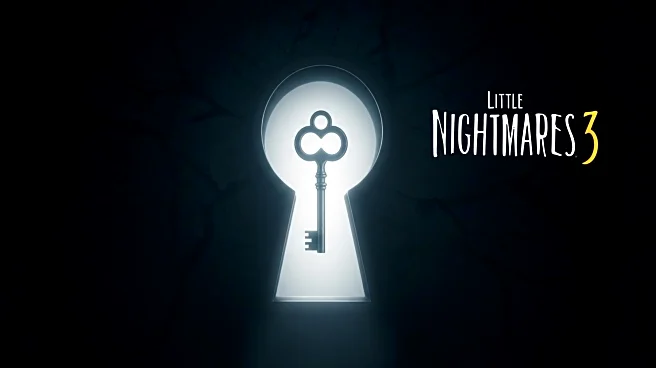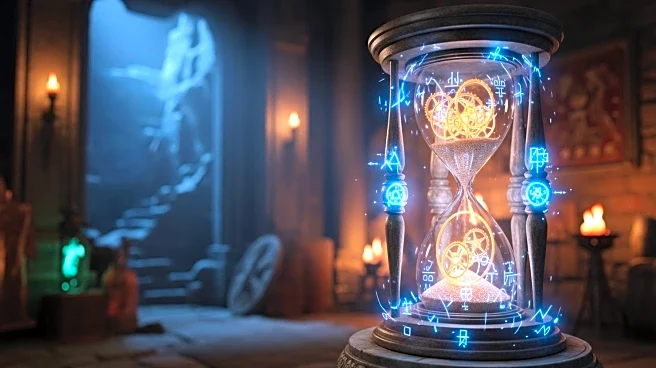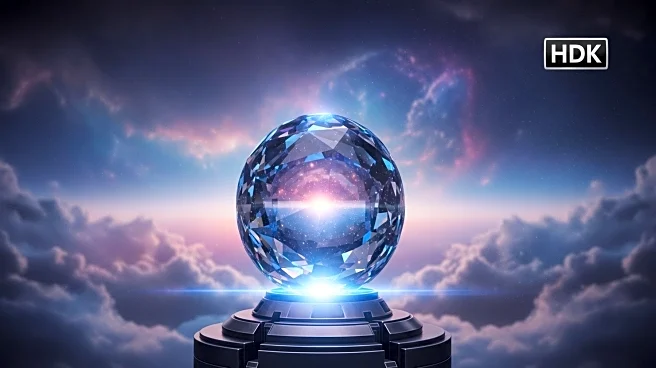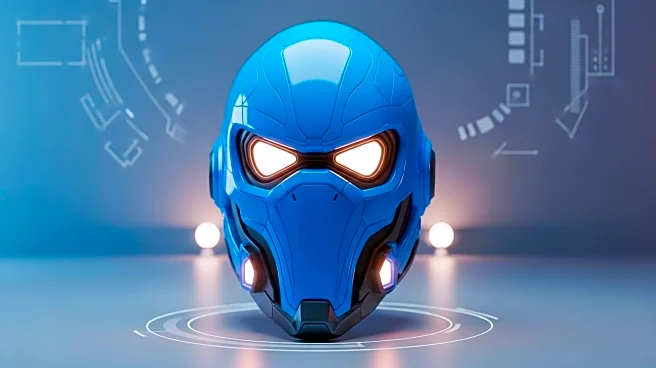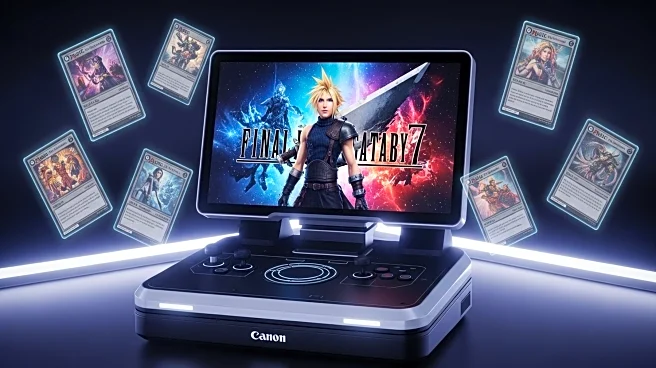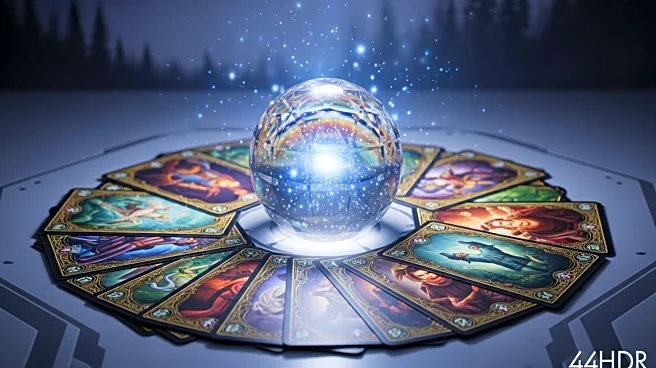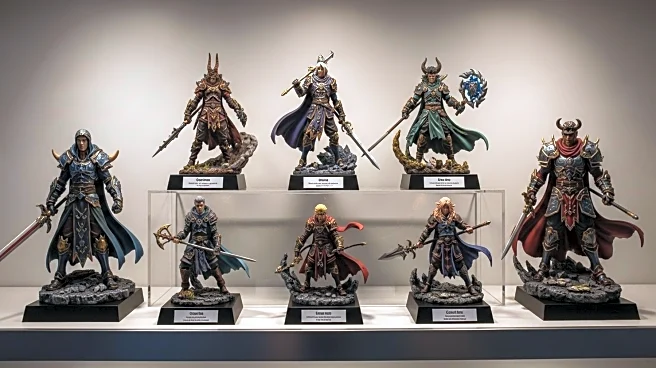What's Happening?
Square Enix has announced the Dragon Quest VII Reimagined, a remake of the PS1-era Japanese RPG, during a recent Nintendo Direct. The remake adopts a 'hand-crafted' aesthetic, reminiscent of toy-like visuals seen in games like Yoshi's Woolly World and The Legend of Zelda: Link's Awakening. This new art style involves scanning real-life figurines to create in-game models, offering a fresh take on Akira Toriyama's original designs. The game is set to release on multiple platforms, including PlayStation 5, Xbox Series X/S, PC, and Nintendo Switch, on February 5, 2026. The remake promises improvements such as a streamlined story, redesigned UI, and a new 'Moonlighting' mechanic allowing characters to use abilities from two different jobs simultaneously.
Why It's Important?
The Dragon Quest VII Reimagined represents a significant shift in how Square Enix approaches remakes of classic games. By blending retro and modern elements, the company is setting a precedent for future projects, potentially influencing the revival of other beloved JRPGs like Chrono Trigger. This approach could appeal to both nostalgic fans and new players, expanding the market for remakes and enhancing the longevity of classic titles. The game's release on multiple platforms also highlights Square Enix's strategy to reach a broader audience, which could lead to increased sales and further investment in similar projects.
What's Next?
With the release of Dragon Quest VII Reimagined, Square Enix may explore similar aesthetic approaches for other classic games, potentially leading to remakes of titles like Chrono Trigger and Final Fantasy IX. The success of this remake could encourage other developers to adopt innovative art styles for reviving older games, impacting the industry standard for remakes. Fans and industry observers will likely watch closely to see how this new aesthetic is received and whether it influences future projects from Square Enix and other companies.

